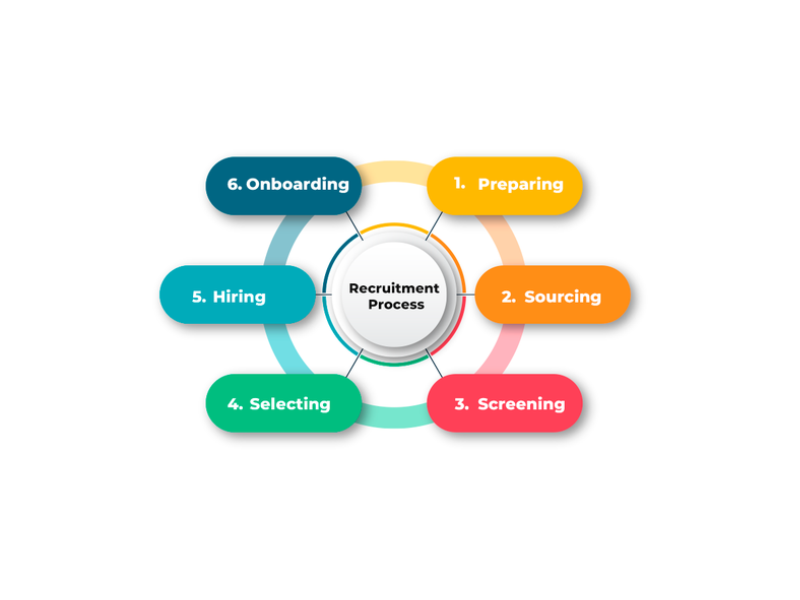
If you’re running an e-commerce website, you already know how crucial SEO is to getting your products in front of the right audience. SEO for e-commerce websites isn’t just about ranking; it’s about driving the right kind of traffic that converts into sales. But let’s be honest—SEO for e-commerce websites comes with its own set of challenges, and it can feel like you’re constantly chasing a moving target.
In this blog, we’re diving into the top five SEO challenges for e-commerce websites and, more importantly, how to overcome them. Whether you’re a seasoned pro or just starting out, these insights will help you fine-tune your SEO strategy for e-commerce websites and stay ahead of the curve by implementing e-commerce SEO best practices.
1. Duplicate Content Issues
One of the biggest hurdles for e-commerce websites is duplicate content. With hundreds (or thousands) of products that might share similar descriptions, it’s easy to unintentionally create duplicate content that confuses search engines.
Why it’s a problem:
Search engines can’t decide which version of the content to rank, which can dilute your visibility and hurt your rankings.
How to fix it:
- Create unique product descriptions: Avoid copy-pasting manufacturer descriptions and take the time to craft original content for each product.
- Use canonical tags: These tags signal to search engines which version of the page is the primary one, helping to consolidate rankings and applying technical SEO for online stores. Learn more about canonical tags
- Leverage internal linking: Linking to related products or categories can help establish a clear hierarchy on your site.
Moreover, consistently updating product descriptions with relevant keywords will enhance your site’s relevance and boost online store rankings.
2. Managing a Large Inventory
E-commerce websites often deal with hundreds or thousands of products, and keeping everything optimized can feel overwhelming. From outdated pages to broken links, managing a massive inventory is a full-time job in itself.
Why it’s a problem:
Unoptimized pages and poor site structure can lead to a poor user experience, higher bounce rates, and, ultimately, lower rankings.
How to fix it:
- Organize your site structure: Group products into logical categories and subcategories for easy navigation.
- Implement a robust site search: Make it easy for users (and search engines) to find what they’re looking for.
- Monitor regularly: Use SEO tools for e-commerce like Screaming Frog or Google Search Console to identify and fix broken links, outdated pages, or crawl errors.
3. Slow Page Load Times
Did you know that 53% of users will leave a page if it takes more than three seconds to load? Slow-loading pages are not just frustrating for users; they’re also a dealbreaker for search engines. (Google/SOASTA Research)
Why it’s a problem:
Page speed is a key ranking factor, and poor performance can take your rankings and conversion rates.
How to fix it:
- Optimize images: Compress large images without compromising quality. Learn how
- Use a content delivery network (CDN): A CDN stores your site on multiple servers worldwide, delivering content from the one nearest to your user. Explore CDN options
- Enable caching: Browser caching can speed up the experience for returning users.
- Upgrade your hosting: If your hosting provider can’t handle your traffic, it might be time to switch.
For more information, check out the Google PageSpeed Insights tool.
4. Poor Mobile Optimization
In a world where mobile shopping is the norm, not optimizing your site for mobile users is like leaving money on the table. With Google’s mobile-first indexing, your mobile site experience directly impacts your rankings.
Why it’s a problem:
Mobile users make up a significant chunk of online shoppers. A poor mobile experience can lead to higher bounce rates and lower conversions which ultimately impacts your SEO for e-commerce websites.
How to fix it:
- Responsive design: Your website should adapt smoothly to the size of the screen it is being opened on.
- Ease navigation: Ensure menus and search features are easily accessible on smaller screens.
- Test usability: Using tools like Google’s Mobile-Friendly Test, find and fix problems.
5. Lack of High-Quality Backlinks
Backlinks are one of the most important ranking factors in SEO for e-commerce websites. However, building a strong backlink profile for e-commerce websites can be particularly challenging.
Why it’s a problem:
Without authoritative backlinks, your site might struggle to compete with larger, established brands in search rankings.
How to fix it:
- Create shareable content: Think of blog posts, infographics, and videos that provide real value and encourage sharing, which can also enhance your e-commerce content marketing strategy.
- Reach out to influencers: Partner with bloggers and influencers in your niche to build natural backlinks.
- Focus on PR: A well-crafted press release or product launch can earn you coverage and backlinks from reputable sites.
For backlink-building tips, explore this Ahrefs guide on backlinks.
Bonus Tips for a Winning SEO Strategy
If you want your SEO strategy for e-commerce websites to succeed, consistency is key. Here are a few additional strategies to keep your e-commerce site thriving:
- Invest in keyword research: Use tools like SEMrush or Ahrefs to uncover high-intent keywords your target audience is searching for.
- Implementing e-commerce SEO best practices: like schema markup can enhance search visibility.
- Monitor analytics: Regularly check your performance metrics to identify what’s working and where you can improve.
- Stay updated: SEO for e-commerce websites is constantly evolving, so make it a habit to stay on top of the latest trends and algorithm updates.
Conclusion:
SEO for e-commerce websites might feel like an uphill battle, but with the right strategies in place, it’s absolutely doable. From tackling duplicate content to improving site speed and mobile optimization, the key is to stay proactive and keep refining your approach.
Remember, SEO for e-commerce websites isn’t a one-and-done task; it’s an ongoing process. By addressing these common challenges head-on and implementing e-commerce SEO best practices, you’ll set your e-commerce website up for long-term success.
So, what are you waiting for? Dive into your site’s analytics, make the necessary changes, and watch your rankings and sales soar!
For more expert tips and resources, check out iB Arts —your go-to partner for all things digital marketing.

















































